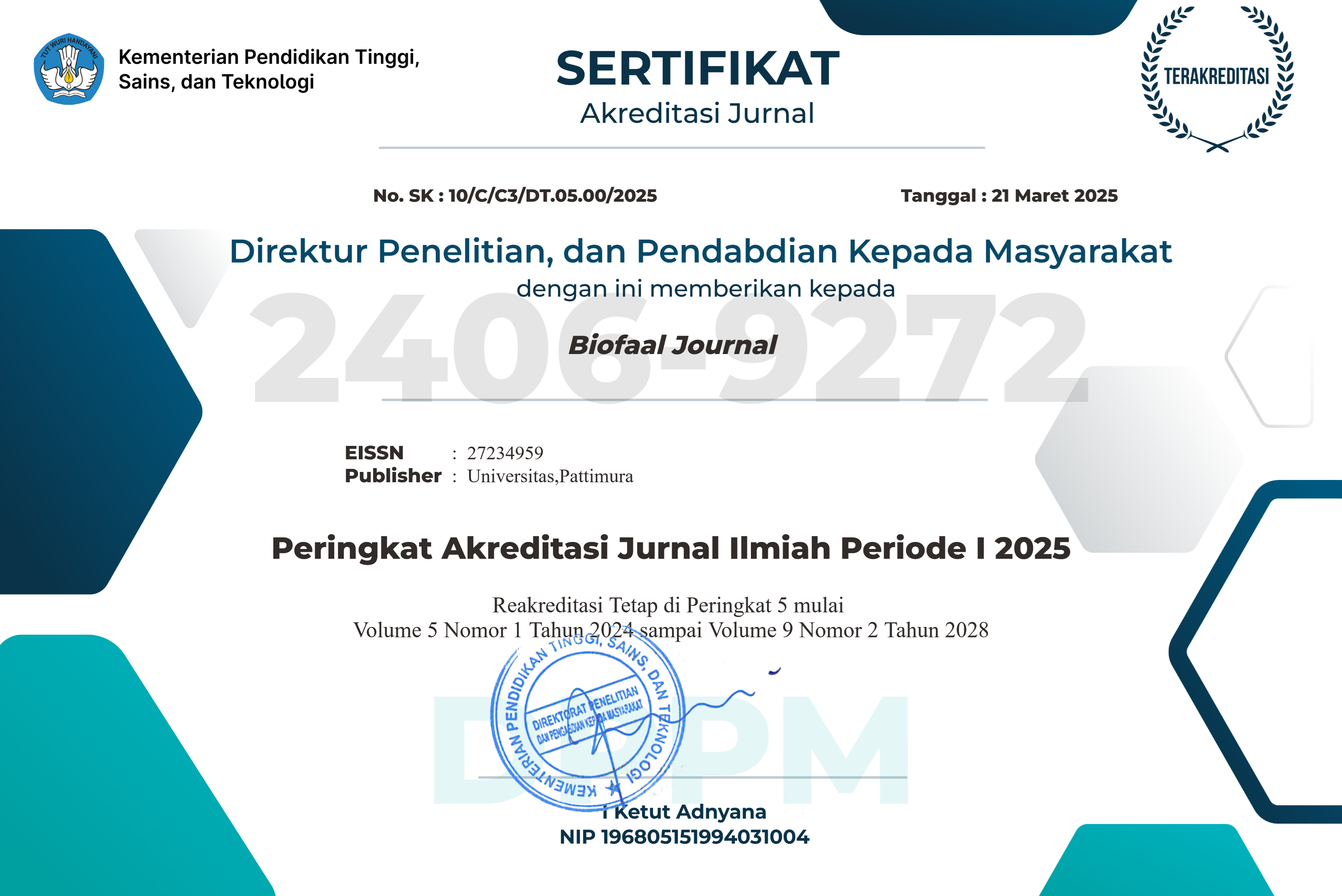NILAI TOTAL PLATE COUNT (TPC) BUBUR BAYI HOME INDUSTRY
Abstract
Complementary foods can be divided into two groups based on how they are made, namely instant and processed complementary foods. Instant complementary foods are products that are mass-produced and packaged by factories, such as instant baby porridge, and processed complementary foods are types of complementary foods that are prepared by mothers themselves at home with various creations and variations. Total plate count (TPC) is one of the parameters of microbial contamination in food. The aim of the study was to determine the total plate count value of home industry baby porridge samples (processed complementary food) in order to ensure the safety of consumption. This study was an analytical observational study. The TPC value was determined by counting the number of bacterial colonies that grew on PCA media with dilutions of 10-1 to 10-5. The collected data were tabulated and compared with the SNI 01-7111.4-2005 standard. The results of the study obtained the average TPC values as follows: sample A (1.15 × 104 colonies/gram); sample B (1.25 × 104 colonies/gram); sample C (2.32 × 104 colonies/gram); sample D (1.84 × 104 colonies/gram) and sample E (7.95 × 103 colonies/gram). It was concluded that all baby porridge samples tested had TPC values that exceeded the threshold set by SNI 01-7111.4-2005, which is 1×102 colonies/gram.
Downloads
Copyright (c) 2024 Janan Salma Nabilah Sumantri, Wulan Fitriani Safari, Septiani .

This work is licensed under a Creative Commons Attribution-NonCommercial-ShareAlike 4.0 International License.
1. Author retain copyright and grant the journal right of first publication with the work simultaneously licensed under a creative commons attribution license that allow others to share the work within an acknowledgement of the work’s authorship and initial publication of this journal.
2. Authors are able to enter into separate, additional contractual arrangementfor the non-exclusive distribution of the journal’s published version of the work (e.g. acknowledgement of its initial publication in this journal).
3. Authors are permitted and encouraged to post their work online(e.g. in institutional repositories or on their websites) prior to and during the submission process, as it can lead to productive exchanges, as well as earlier and greater citation of published works.








